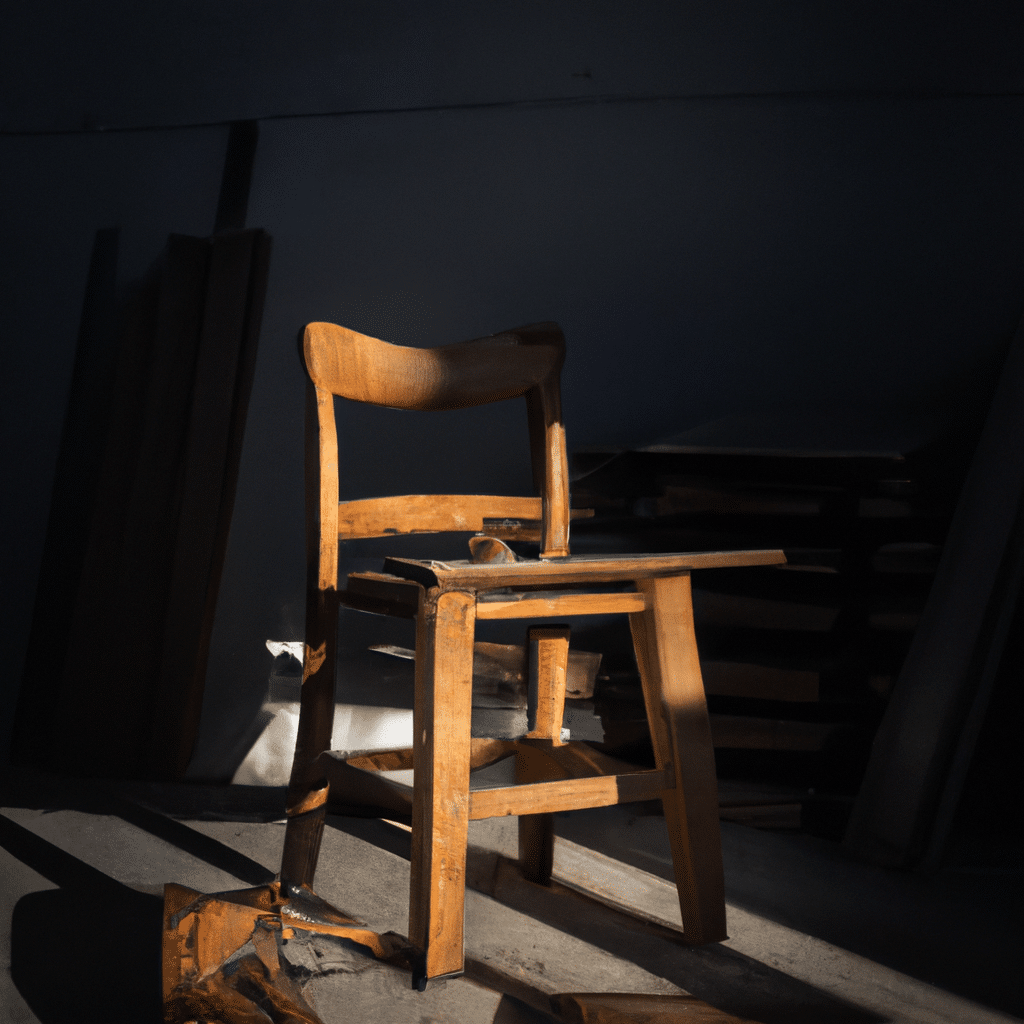At some point, we’ve all experienced the frustration of seeing our beloved wooden furniture warp over time. The warping of wood is a common issue that can not only compromise the aesthetics of your furniture but also affect its functionality and lifespan. In this comprehensive guide, we will explore the causes of wood warping and provide you with practical tips and techniques to prevent it from happening. By understanding the underlying reasons and implementing preventive measures, you can ensure the longevity and beauty of your wooden furniture.

Understanding Wood Warping
Wood warping occurs when the moisture content within the wood changes, causing it to deform and lose its original shape. This deformation can manifest in various ways, such as bowing, cupping, twisting, or splitting. Understanding the different types of wood warping is crucial in identifying the appropriate preventive measures.
Bowing
Bowing refers to the curvature of wood along its length, usually resulting in a convex shape. This type of warping is often caused by uneven drying or moisture absorption. Bowing can be particularly noticeable in tabletops, doors, and long shelves.
Cupping
Cupping is characterized by the wood’s concave shape, where the edges are higher than the center. It is a common occurrence in wide boards and is primarily caused by a difference in moisture content between the top and bottom surfaces of the wood.
Twisting
Twisting refers to the rotational deformation of wood along its length. This type of warping can occur due to uneven drying or when one side of the wood is exposed to higher moisture levels than the other. Twisting can render furniture unstable and make it wobble or rock.
Splitting
Splitting, also known as checking or cracking, involves the development of cracks along the grain of the wood. It is often caused by rapid changes in moisture content, especially when the wood dries too quickly. Splitting can compromise the structural integrity of the furniture and lead to further warping.
Preventive Measures
Now that we have a better understanding of the different types of wood warping, let’s delve into the preventive measures that can help you preserve the integrity of your wooden furniture.
Proper Moisture Management
Maintaining the right moisture balance is crucial in preventing wood warping. Wood tends to expand when it absorbs moisture and contracts when it dries out. To prevent warping, it is essential to keep the moisture content within a stable range. Here are some tips for proper moisture management:
- Acclimate the Wood: Before using wood for your furniture, allow it to acclimate to the environment where it will be used. This process involves storing the wood in the same room with controlled humidity for a certain period, allowing it to adjust to the moisture levels.
- Seal the Wood: Applying a high-quality, moisture-resistant sealant or finish to the wood can create a protective barrier, reducing the chances of moisture absorption. Be sure to follow the manufacturer’s instructions for proper application.
- Control the Environment: Maintain a consistent humidity level in the area where your wooden furniture is located. Using a humidifier or dehumidifier can help regulate the moisture content, preventing drastic changes that can lead to warping.
Proper Storage and Handling
Proper storage and handling of wood can significantly contribute to preventing warping. Whether you are a furniture manufacturer or a homeowner, following these guidelines can help preserve the quality of your wooden furniture:
- Store in a Controlled Environment: When storing wood, ensure that the environment is controlled to maintain a stable moisture content. Avoid exposing the wood to excessive humidity or drastic temperature changes.
- Avoid Direct Sunlight: Prolonged exposure to direct sunlight can cause rapid and uneven drying of the wood, leading to warping. Whenever possible, position your wooden furniture away from windows or use curtains to filter sunlight.
- Handle with Care: When moving or transporting wooden furniture, handle it with care to avoid unnecessary stress on the wood. Avoid dragging or dropping the furniture, as it can lead to damage and subsequent warping.
Proper Construction Techniques
The construction techniques used in building wooden furniture can also impact its resistance to warping. Employing proper construction methods can minimize the risk of warping and ensure the longevity of your furniture:
- Use Quarter-Sawn Wood: Quarter-sawn wood, where the growth rings are perpendicular to the face of the board, is less susceptible to warping compared to plain-sawn wood. Consider using quarter-sawn wood for critical components of your furniture.
- Minimize Internal Stress: Carefully select and mill your wood to minimize internal stress. Internal stress can result from tensions within the wood fibers and can lead to warping over time. Properly milling the wood can alleviate these stresses.
- Allow for Wood Movement: Wood naturally expands and contracts with changes in moisture content. When designing and constructing furniture, ensure that there is enough room for wood movement. This can be achieved by incorporating appropriate joinery techniques and leaving adequate expansion gaps.
Conclusion
Wood warping can be a frustrating and challenging issue to deal with, but by implementing the preventive measures outlined in this guide, you can significantly minimize the risk. Proper moisture management, storage and handling techniques, and construction methods all play a crucial role in preserving the integrity of your wooden furniture. By taking proactive steps and staying vigilant, you can enjoy beautiful, long-lasting wooden furniture that remains free from warping for years to come.
Remember, prevention is always better than cure when it comes to wood warping. Take the necessary precautions, and your furniture will stand the test of time, maintaining its beauty and functionality for generations to come.








